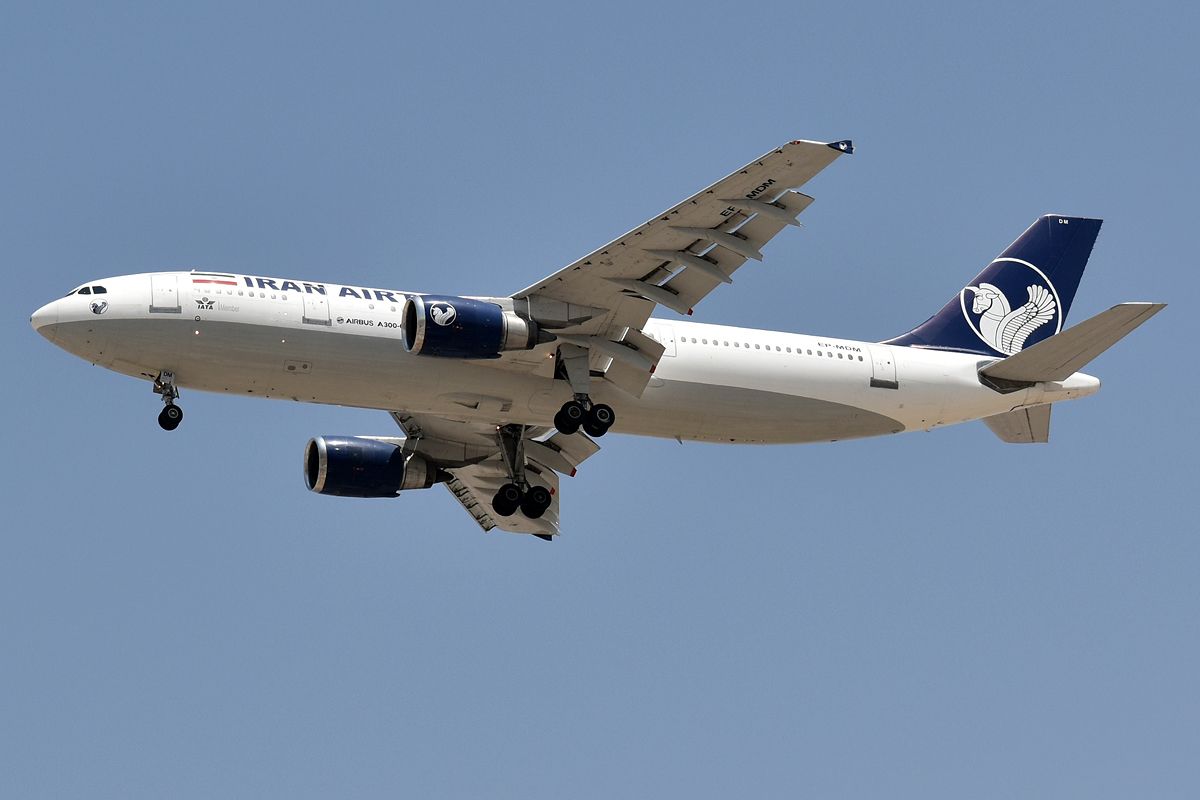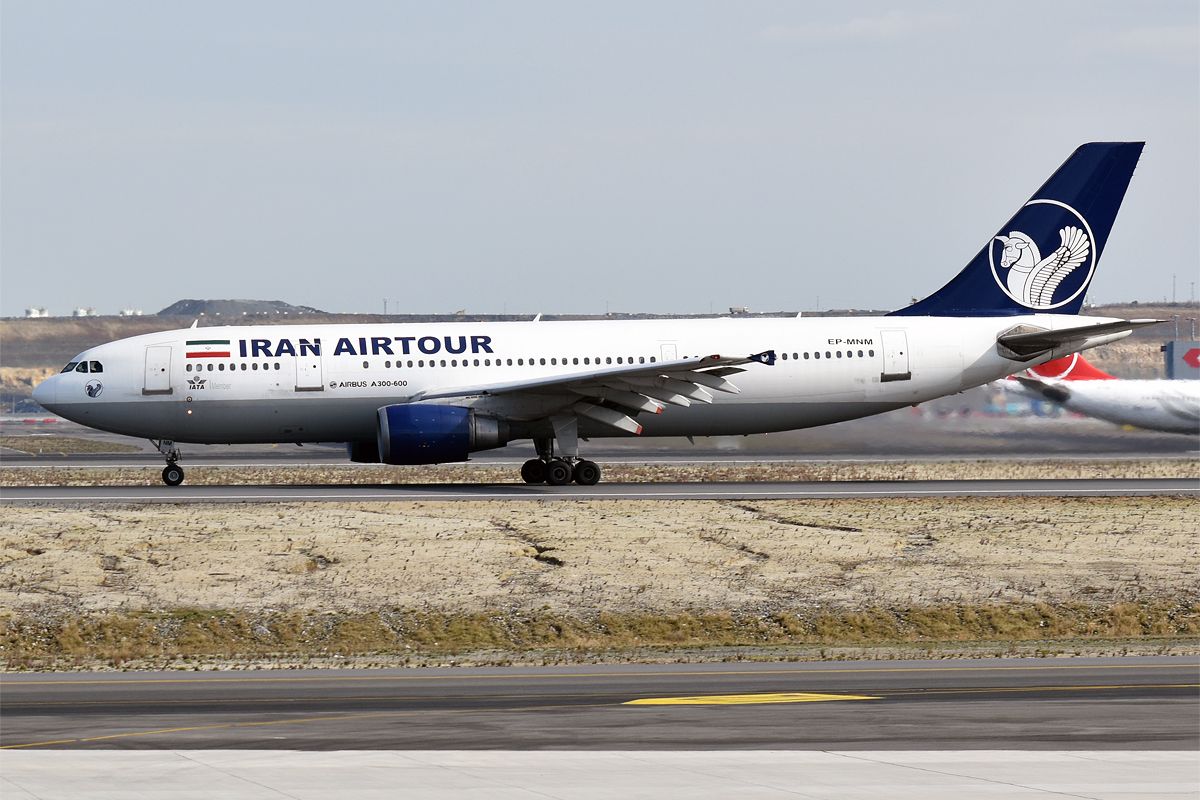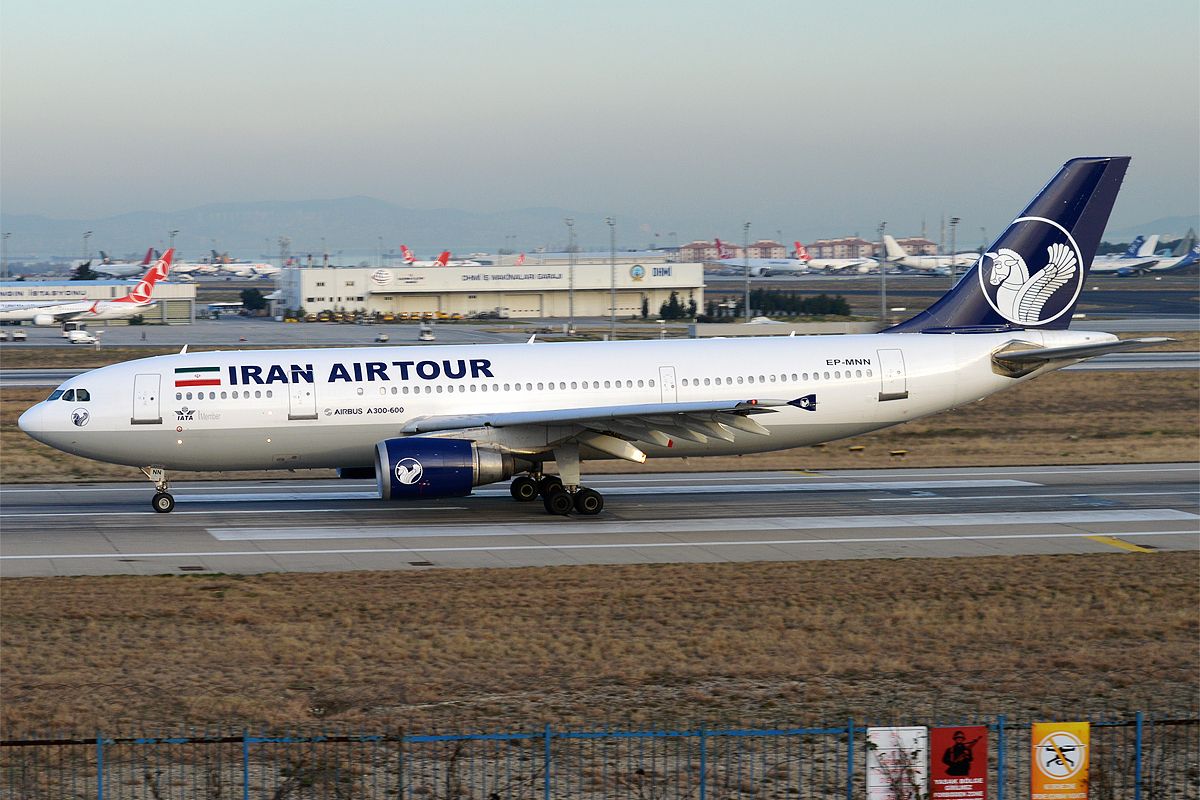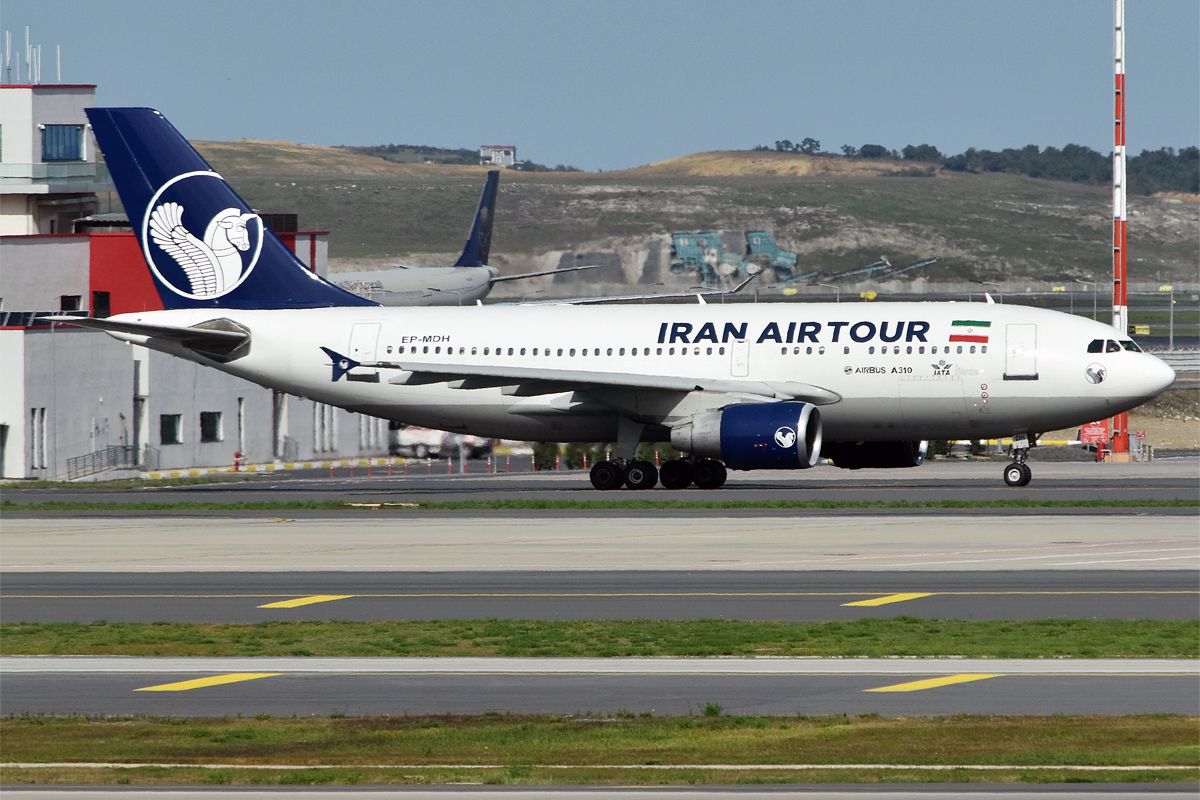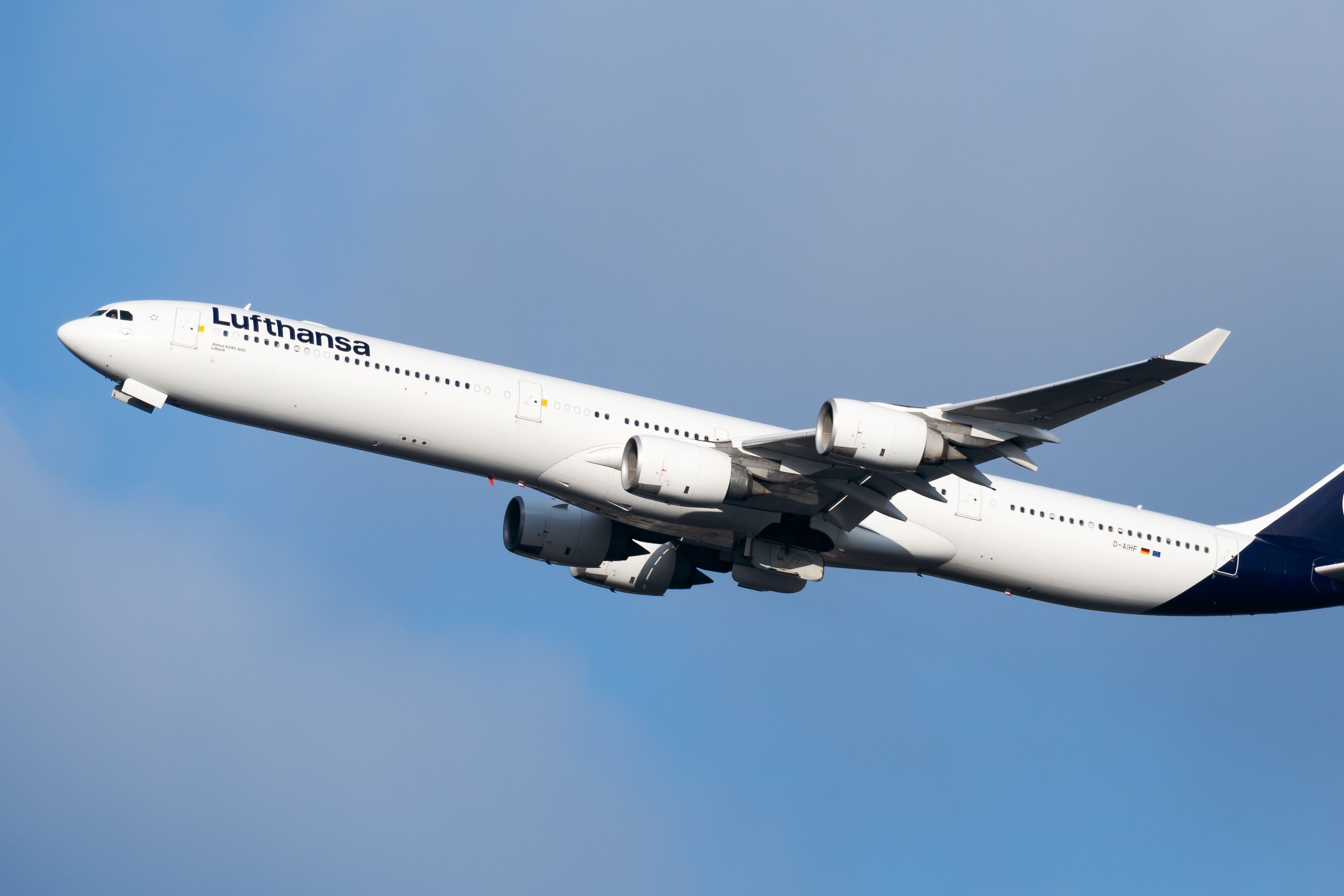
What Is The Oldest Airbus A300 Passenger Plane Still Flying?
At this very moment, Iran Airtour flies a unique Airbus A300-600 bearing the registration of EP-MDJ. Records show the delivery of this big jetliner dates back to 1987, and as of early 2025, the classic bird is still active on commercial passenger flight routes. According to the reports, EP-MDJ’s active service life has surpassed 38 years!
This particular plane is one of the oldest passenger-configured A300 jets still known to be operating. The privately held Iranian airline, founded in 1973, is the latest, and present, operator of this veteran airliner with the home base at Mashhad Airport.
How it started
The current owner is a subsidiary of Iran Air
, but this vintage Airbus began its career many miles away. Originally ordered in 1972 by Iberia, the sturdy Airbus first took to the air on December 31st, 1986. This is where the story takes its first twist as, for reasons unknown, Lufthansa took delivery in March 1987.
EP-MDJ was built as an Airbus A300B4-603, to be exact, and the first registration that emblazoned its fuselage was D-AIAH. Our protagonist served under this tail number as a workhorse of the Lufthansa fleet for almost 23 years until the stout airliner was one of the last A300s in the fleet to be resigned to a depot in July of 2009.
Improving a classic design
The first twin-engine widebody aircraft, the A300, was introduced by Airbus
in 1972, ushering in a new era of air travel with higher passenger capacities and unparalleled operating efficiency.
Officially known as the A300B4-600, the Airbus A300
-600 is a somewhat longer version of the A300B2 and A300B4 types. It adds two more rows of seats by using the Airbus A310
‘s rear fuselage design. Initially propelled by Pratt & Whitney
JT9D engines, variations equipped Pratt & Whitney PW4156 or PW4158 engines and General Electric
CF6-80C2 engines.
Slat fences were removed, outboard ailerons that weren’t needed were removed, wings were redesigned, and Fowler flaps were made simpler. After being approved in March 1984 and going into service with Saudi Arabian Airlines in June 1984, 313 units were eventually sold after being flown for the first time on July 8, 1983.
The A300-600 adopted the A310’s digital cockpit technology, which allowed both aircraft to have a single-type rating and did away with the necessity for a flight engineer.
The next chapter
As the weary jet rested on its laurels, waiting for a new day in the sun, Mahan Air came along to give the big bird another chance to soar. After purchasing the A300 in 2010, it was redubbed as EP-MNJ and spent 13 years in service under its new tail number.
With its headquarters in Tehran, Mahan Air is a privately held Iranian airline that offers both internal and international service to the Far East, the Middle East, Central Asia, and Europe. Mehrabad International Airport and Tehran Imam Khomeini International Airport serve as its main bases.
This particular airline reportedly has ties to Iran’s Islamic Revolutionary Guard Corps’ Quds Force. As the aging jet proved once again to be a reliable ferry for travelers of the friendly skies, it served well until its second retirement in 2023.
Steadfast and timeless
This time, our old friend wouldn’t have to wait long for its next opportunity to soar among the clouds once more. Iran Airtour Airlines acquired the veteran A300 in late 2023, with the third and final registration to EP-MDJ, which it still bears today.
When Iran Air founded Iran Airtour in 1973, its primary goal was to provide tours to different Iranian towns and international locations. In 1982, the airline began operating internal flights to Mashhad. With Mashhad as its operational center, Iran Airtour established a stand-alone airline in 1992 and offered direct flights to 13 Iranian regions as well as foreign service.
Iran Airtour was once state-owned and briefly taken over by Hesayar, a subsidiary of the Iranian Ministry of Defense, after being privatized in 2010, but the company returned to the private sector in 2016.
The airline has an aviation training license (ATO) and IOSA certification from IATA, and in 2021 it became the second Iranian carrier to be allowed access to European airspace. Iran Airtour plans to begin nonstop, twice-weekly flights between Tehran and Paris using Airbus A300-600 aircraft in 2025.
Airbus A300-600 by the numbers
A two-crew cockpit and a longer operational range were two of the major improvements that the Airbus A300-600 brought to the A300B4 model. The Airbus A310’s EFIS-based digital avionics suite was part of the redesigned cockpit.
Additional improvements included the use of composite materials extensively, the adoption of the A310’s tail empennage to increase cargo and passenger capacities, the introduction of tiny winglets (standard by 1991, optional starting in 1989), as well as simpler onboard systems.
According to the Aviation Broker, the Airbus A300-600 specifications are:
- Length: 177 ft 9 in (54.1 m)
- Wingspan: 147 ft 1 in (44.8 m)
- Height: 54 ft 8 in (16.7 m)
- Engine Options: General Electric CF6-80C2, Pratt & Whitney PW4000
- Range: 4,050 NM (7,501 km)
- Cruise Speed: Mach 0.82
- Maximum Takeoff Weight: 363,759 lb (165,000 kg)
- Total Cargo Volume: 11,090 ft³ (314.1 m³)
- Maximum Passengers: 266
- List Price: $17.5m (1972)
A new Auxiliary Power Unit (APU), new brakes, improved wing camber, and Fowler flaps were all part of the new variant. By significantly reducing drag and offering additional engine options, the enhancements improved payload and range capability.
Key dimensions and metrics include:
- Overall length: 54.10 m (177 ft. 5 in.)
- Overall height: 16.54 m (54 ft. 3 in.)
- Fuselage diameter: 5.64 m (18 ft. 5 in.)
- Maximum cabin width: 5.28 m (17 ft. 4 in.)
- Cabin length: 40.70 m (133 ft. 6 in.)
- Wingspan (geometric): 44.84 m (147 ft. 1 in.)
- Wing area (reference): 260 m² (2,800 ft²)
- Wing sweep (25% chord): 28º
- Wheelbase: 18.62 m (61 ft. 1 in.)
- Wheel track: 9.60 m (31 ft. 6 in.)
The A300-600’s first flight was conducted on July 8, 1983, and the first planes were delivered to airlines in March 1984. A fuel trim tank in the tailplane and a higher maximum takeoff weight were two features of a later version, the A300-600R, which had a longer range.
The A300-600R was delivered to American Airlines on April 20, 1988, after making its first flight on December 9, 1987.
Basic operating data:
- Engines: two CF6-80C2 or PW4000 (249-267 kN / 56,000-61,500 lbs thrust range)
- Typical passenger seating: 266
- Maximum passenger load: 361
- Max. operating Mach number (Mmo): 0.82
The A300 has seen a resurgence on the secondary market for freighter conversion. In the late 1990s, many were being converted. One more reason our story’s hero, EP-MDJ, is a special breed.
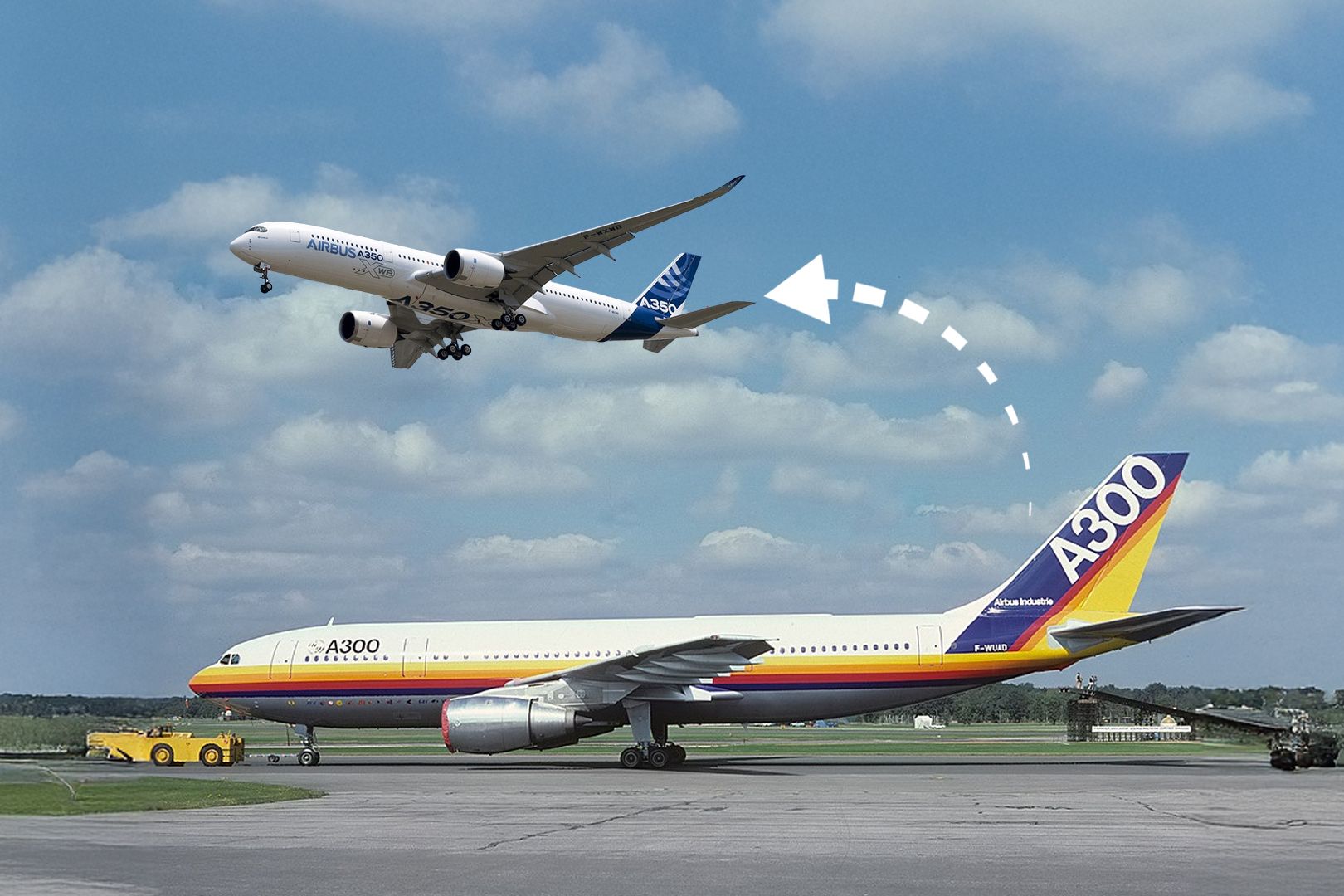
Related
The Evolution Of Airbus Aircraft: From The A300 To The A350XWB
Since the introduction of the A300, Airbus has delivered 16,000 aircraft and has become the world’s largest commercial jet maker.
The majority of the freighter fleet worldwide is made up of either new-built A300-600s or converted ex-passenger A300-600s, A300B2s, and B4s. The Boeing 747 freighter is the largest of these aircraft.
Design weights:
- Maximum takeoff weight: 171.7 tonnes (378.5 lbs. X 1000)
- Maximum landing weight: 140 tonnes (308.6 lbs. X 1000)
- Maximum fuel capacity: 68,150 Litres (18,000 US gal.)
- Typical operating weight empty: 90.9 tonnes (200.4 lbs. X 1000)
- Maximum payload: 34.9 tonnes (76.9 lbs. X 1000)
Keeping older aircraft in service
For airlines and operators, keeping older aircraft jets in operation has several strategic, financial, and practical benefits. One of the main advantages is cost effectiveness; older aircraft usually have lower acquisition and leasing expenses than new models, enabling airlines—particularly startups or those on a tight budget—to drastically minimize their initial investment.
Photo: CATCH01 | Shutterstock
Older airlines are also less likely to experience unpredictable maintenance problems because of their demonstrated dependability, which comes from decades of operation and extensive maintenance records.
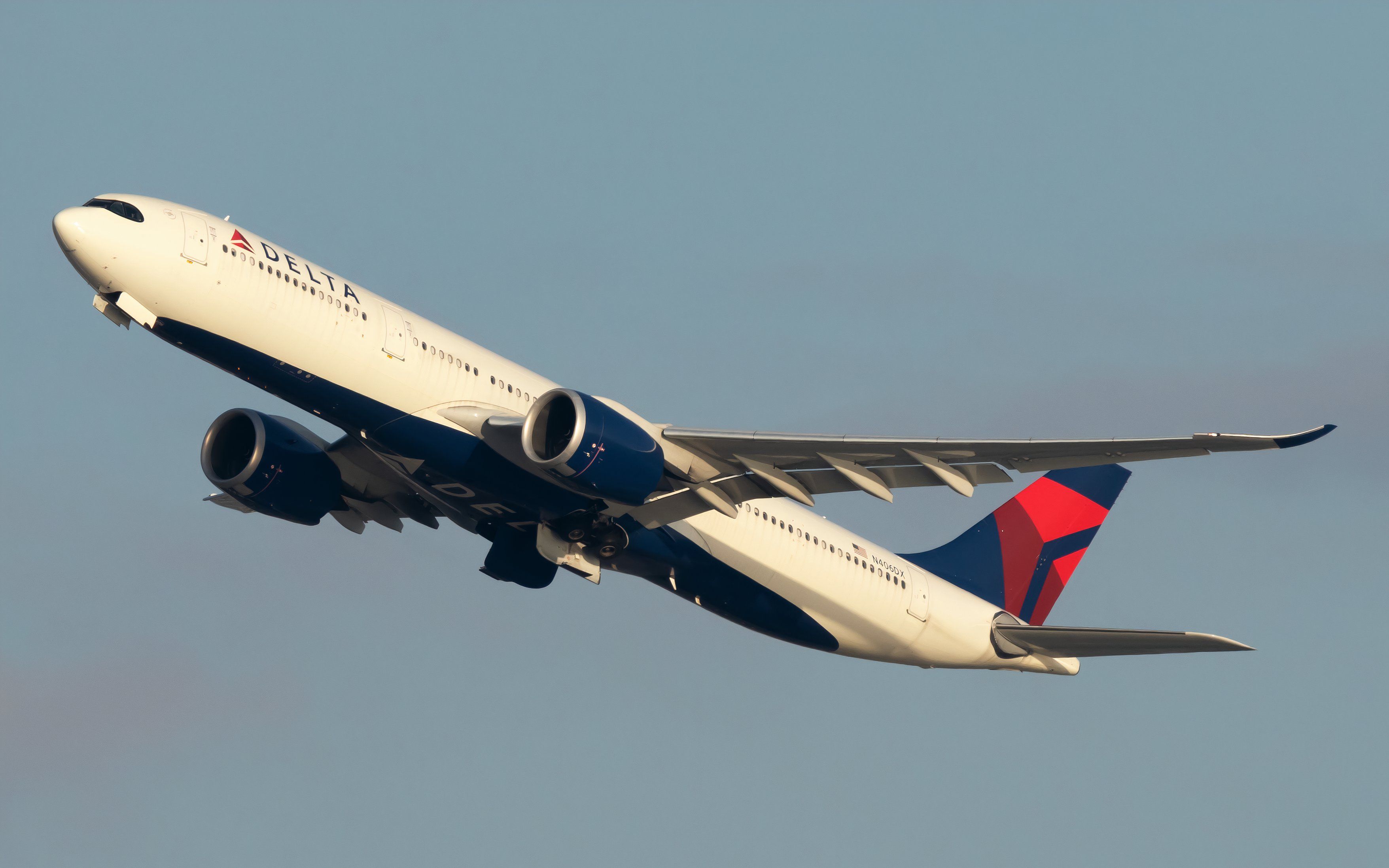
Related
Delta Air Lines’ Airbus A330-900neo To Replace Boeing 767-300ER Flights Between Boston & Dublin
This next-generation aircraft offers more capacity and provides enhanced passenger experience.
The breadth of operational data and technical know-how that have been amassed over time frequently lead to efficient, economical maintenance procedures. Operators are able to handle maintenance economically, lowering downtime and increasing fleet efficiency, thanks to the abundance of spare parts from decommissioned aircraft.
Additionally, more operational freedom is frequently possible with older jets. In situations where newer, more costly aircraft would not be financially feasible, airlines can readily use these aircraft on seasonal, charter, or less-traveled routes. Older airplanes have lower market values, which translates into cheaper insurance costs and less exposure to financial risk.
EP-MDJ’s flight log
- Flight Hours: 68,649
- Flight Cycles: 36,011
- Average Stage Length: 1 hour 55 minutes
- Average Annual Flight Hours: 1,809.16
- Average Annual Flight Cycles: 949
- Average Daily Utilization: 4 hours 58 minutes
Adaptability is another significant benefit; many older passenger planes make excellent candidates for cargo conversions, increasing their operational use and optimizing value. From an environmental perspective, extending the life of current aircraft also lessens the ecological effect associated with producing new aircraft, which supports sustainability initiatives.
Lastly, keeping older aircraft might draw travelers who enjoy flying on vintage jets and aviation aficionados, creating a distinct business niche. Because older aircraft can be purchased and put into service more quickly than new ones, they allow for swift fleet replacements or expansions.
Therefore, keeping older airliner jets in service is a balanced approach that balances affordability, dependability, flexibility, and sustainability, bringing operational efficacy and economic viability into line.
